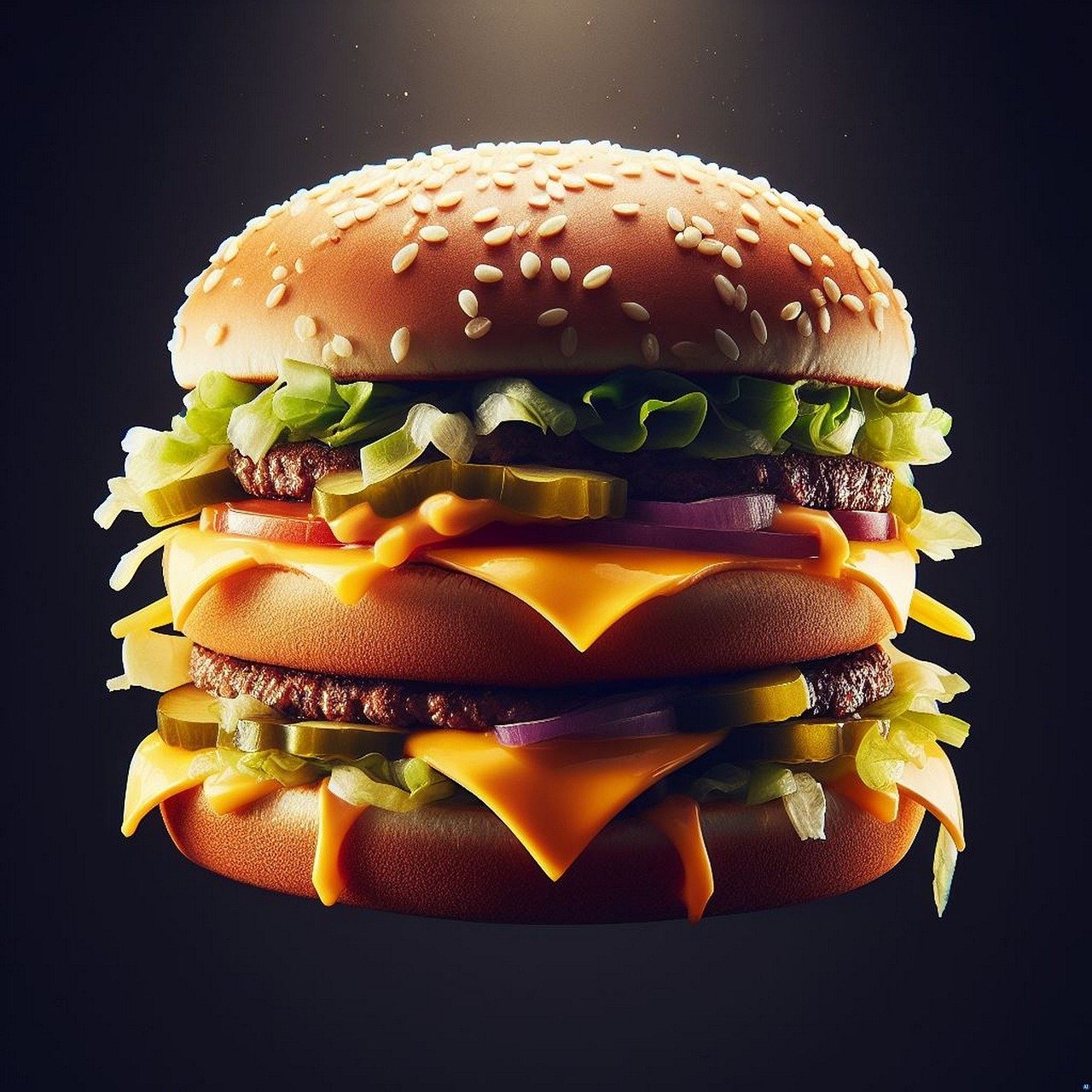One of the most difficult tasks economists have is to judge the cost of things. If I’m paying $3/dozen for eggs and you are paying $1/dozen, do your eggs or mine cost more?
This gets even more complex when you start to consider currency differences.
When I’m discussing past prices, I like to convert the cost at that time to hours of labor. How many hours of labor does it take to purchase this item.
In 1976-77 A brand new Apple II would run you around $900. Today, I can put together a similar class of computer for around $1000. CPU, Memory, Disk, Motherboard, and case. In 1976, that $900 was somewhere around 150 hours of my labor, call it 4 weeks of full-time labor.
Except that I was only working part-time. This means that my actual cost, saving everything, was going to be around 10 weeks.
Today, that $1000 computer is going to cost me less than a week of labor, ignoring taxes.
The problem with using hours of labor to compare costs is that the value of your labor varies greatly. At the time, I was working in a computer store, the first in the state. My friends were flipping burgers. I was making twice as much per hour as they were, sitting in front of a monitor typing.
Whose labor value do we use? When comparing my grandfathers’ salary, I used historical records for machinists, which he was. As a skilled laborer, he was paid much more than the average.
In 1986, to try to give people a more innate sense of how much the cost of living varied from location to location, and from time to time, The Economist published the “Big Mac Index.”
Why would an index based on a fast food restaurants’ menu item be of any use?
The answer is one of consistency and inclusion. If you were to compare a generic “hamburger” from location to location, you would get wildly changing values. That could be because of the cost of the burger to the restaurant, or the hamburgers could be different. Does one have a slice of American cheese on it and the other premium Swiss? Is one made from grass fed organic ground beef and the other from Sysco’s finest? Is one burger 4oz pre cook weight and the other 2oz?
It makes a difference.
A Big Mac is standardized everywhere. That stupid jingle is correct for every Big Mac ever made. McDonalds even standardizes the amount of sauce that goes on each sandwich.
This means we are comparing apples to apples. Or, in this case, burger to burger.
The second part is inclusion. We know what goes into each sandwich. Those base ingredients are source relatively locally.
While the restaurant might be buying their meat from McDonalds, they are buying it from a location nearby. This means that the transportation expenses are in the price of the burger. This means that the cost of meat is in the price of the burger.
The cost of each item that goes into the burger is included in the price it sells for.
There is a cost of doing business, insurance, property tax, rental costs, undocumented payments to government organizations and NGOs (bribes), heating, cooling, building maintenance. These costs are all rolled into the final price of the sandwich.
The final cost is that of labor. If the labor market is strong, workers will be making more, if it is weak, labor will be paid less.
This also accounts for the cost of living in a particular area. In a location where it costs more to live, the workers will want more money per hour. While people in lower cost of living areas might want the extra pay, they are not going to get it.
I interviewed for a job in California once. As part of the interview process, they flew me to San Diego for a week. I spent the week house shopping and interviewing. I finally found a home that I was willing to live in.
Even though they were going to almost double my current salary, I would not have been able to afford a house in San Diego. I turned the job down.
Using a Big Mac equivalent, we can get a better idea of what the true cost is for different locations.
In Hawaii, the price of a Big Mac is $5.31 while in Mississippi, it is $3.91. This implies that it costs more to live in Hawaii than it does in Mississippi.
As a final thought on the Big Mac index, I remember McDonalds advertising that you could buy dinner for a family of four for $5.00 and have change.
That isn’t the case, anymore.


$5 is the new $1. $20 is the new $5. its not that things cost more, our dollar is worth less.. gubmint prints money like toilet paper and makes dollars worth less than dollar tree toilet paper..
plan accordingly
I remember when it was “Big Mac, Fries and a Coke and change from a Dollar!”
I am old enough to recall the original McD’s meal cost. It was “49¢ for a 3-course meal” – that was a hamburger, fries, and a milkshake https://www.reddit.com/r/vintageads/comments/fqirev/try_the_mcdonalds_all_american_3course_meal_1965/#lightbox
Thanks to “The FED” the us dollar is now worth 1¢ to 2¢ of the 1913 US dollar. The FED began in 1913.
Read “The Creature from Jekyll Island: A Second Look at the Federal Reserve” by G Edward Griffin, Peter Klimon, et al. | Jul 4, 1994
It’s on Amazon @ https://www.amazon.com/Creature-Jekyll-Island-Federal-Reserve-ebook/dp/B00ARFNQ54/ref=sr_1_1